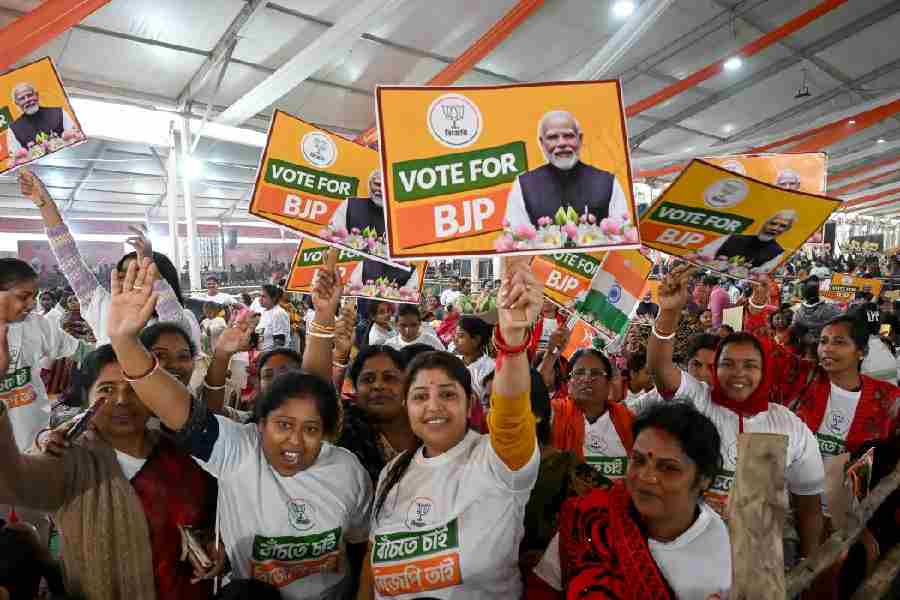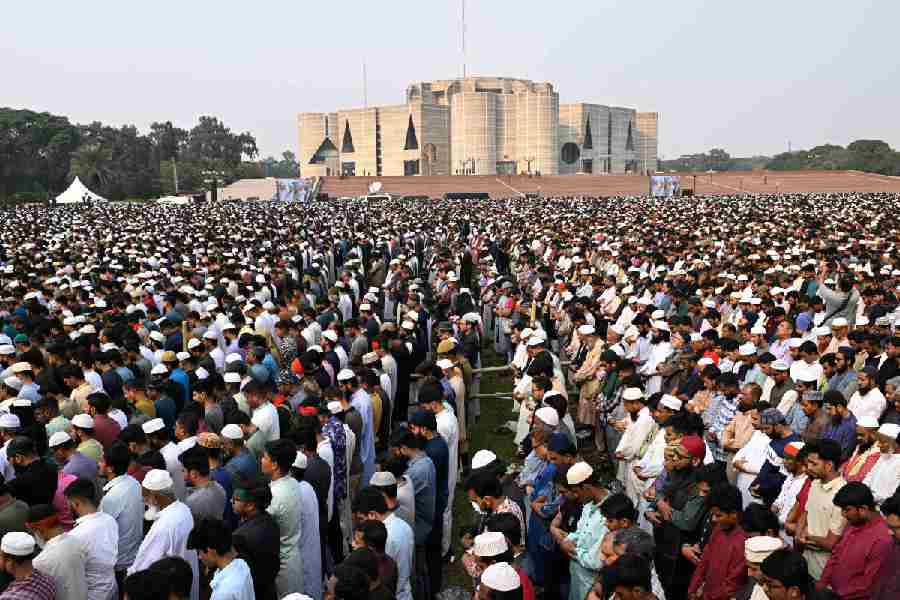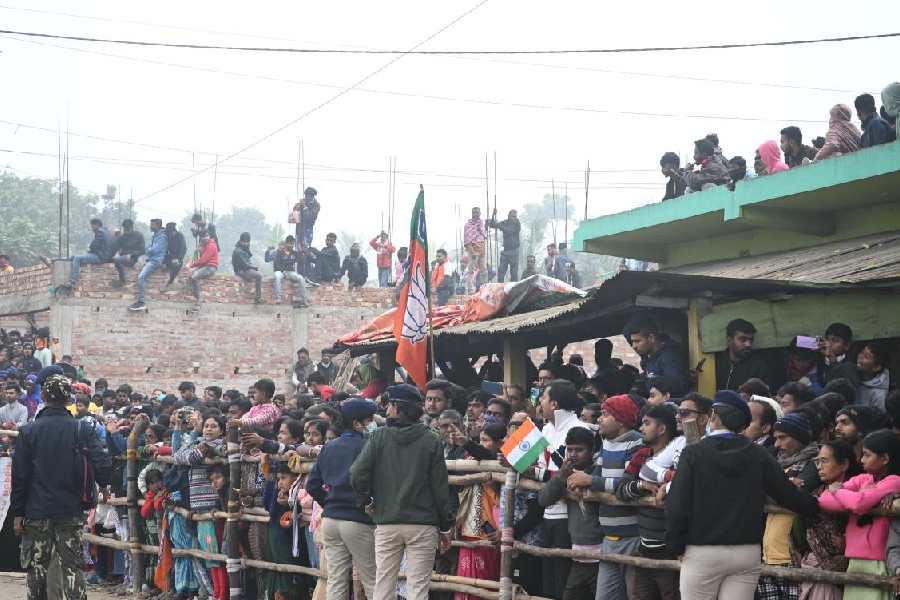New Delhi, Aug. 23: The army has rejected the defence ministry’s order on the age of the chief, Gen. V.K. Singh, and asked the government for a legal explanation of its directive.
The army’s reaction to the government order could easily be interpreted as defiance. But the adjutant-general’s (AG) branch of Army Headquarters — the custodian of personnel records — has requested the ministry for an explanation based on legal documents that the government can cite to justify its order that Gen. Singh’s date of birth should be taken as May 10, 1950, and not a year later as May 10, 1951.
The army and its chief decided that it was wiser to seek a legal explanation of the order from the government rather than approach courts in a move that might have been seen as being not only “confrontationist” but also as one intended to embarrass the Centre.
“We are more concerned with the morality of the issue than with its legality because we know there is a strong legal basis,” a source told The Telegraph.
While there is an intent to avoid being seen as “confrontationist”, this is also only the second known instance of a service headquarters not implementing a government order immediately.
The last time it happened, Adm. Vishnu Bhagwat was sacked on December 30, 1998, after he refused to implement orders given by then defence minister George Fernandes on promotions that he did not agree with.
The age of the army chief can impact the line of succession in the service. If the year of birth is taken as 1951, he may be entitled to serve for nine months more than the date on which he is now scheduled to superannuate — May 31, 2012.
If he retires next year, the Eastern Army commander, Lt Gen. Bikram Singh, is likely to replace him.
If Gen. Singh’s tenure is extended, the Northern Army commander, Lt Gen. K.T. Parnaik, may get a look-in.
The army’s response to the defence ministry’s seven-page order (No. 23(10)/2011-D(MS) dated July 22) is essentially a rejection of a rejection.
In its order, the defence ministry had rejected Gen. Singh’s petition of May 25, 2011, explaining why his date of birth should be officially acknowledged as May 10, 1951, and not May 10, 1950.
The army’s response was prepared over the past three weeks after legal consultations within its own Judge Advocate-General’s (JAG) branch. Gen. Singh also sought the opinion of a fifth legal expert — former solicitor-general Gopal Subramaniam — after taking the counsel of four retired Supreme Court Chief Justices (G.B. Patnaik, V.N. Khare, R.C. Lahoti and J.S. Verma).
The adjutant-general’s branch has taken the position that the government order, signed by joint secretary Subhash Chandra, is not legally tenable. It asserted that the AG’s branch maintains the records of all service personnel and the records show that Gen. Singh was born on May 10, 1951.
The dispute arose from the record kept in the branch of the military secretary (who is responsible for postings and promotions) that showed Gen. Singh’s date of birth as May 10, 1950. This date crept into the records because of a chain reaction triggered by an apparently erroneous entry made by a teacher who filled a form for Gen. Singh, then a teenager.
The AG and JAG branches of the army also concluded that their position was legally justified because of Supreme Court orders that the school-leaving certificate should be taken as the primary document for determining the age of a citizen.
All personal records of the army chief — his passport and his voter card and PAN card — show his date of birth as May 10, 1951. If the government order were to be implemented, all these documents would have to be changed.
The defence ministry order cites the records kept in the MS branch to justify the government’s conclusion. It also cites a letter written by Singh, as lieutenant general when he was the Eastern Army commander immediately before taking over as the chief, to former army chief Gen. (retired) Deepak Kapoor, in which he agreed to accept the 1950 date “in the interests of the organisation”.
Despite that letter to his predecessor, Gen. Singh has maintained in his correspondence that all his records, including his annual confidential reports for 38 years from 1970 to 2008, mention his date of birth as May 10, 1951.
This was also noted by Subramaniam, the former solicitor-general, to whom Gen. Singh had sent queries on ways to define his date of birth.
In his opinion dated August 4, Subramaniam wrote: “There is room to believe that if a claim were to arise, a plea of estoppel could in fact be urged against the querist”. A “plea of estoppel” is a rule of law by which a person may be stopped from reneging on commitments made earlier and altering his position on a dispute.
Subramaniam wrote in his opinion, after examining the documents he was given (that did not include the government order): “Under the circumstances, the querist (Gen. Singh) was justified in insisting that his date of birth should be correctly recorded as May 10, 1951.”
Subramaniam also notes that the army chief did indeed write saying that his year of birth be taken as 1950 as he did not want to be identified as a dissident because “being a disciplined member of the armed forces, (Gen. Singh) didn’t desire to be seen as stepping out of line…”.
Subramaniam notes that there is pressure on armed forces officers “in maintaining their career profile” and in trying to do so, there might be admissions and submissions made that they do not truly believe in.










